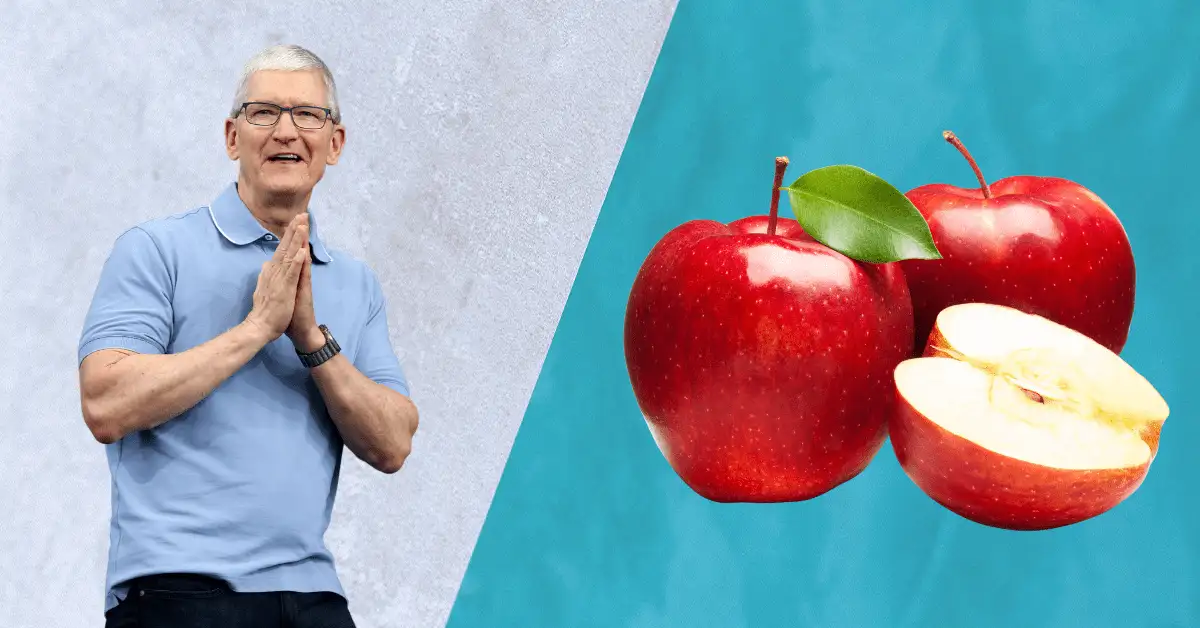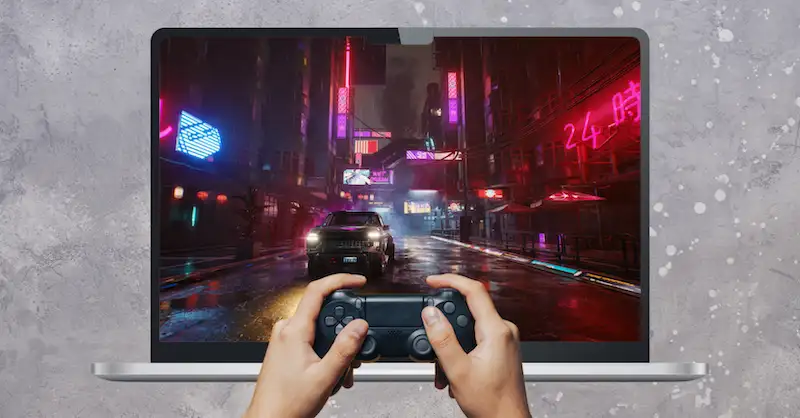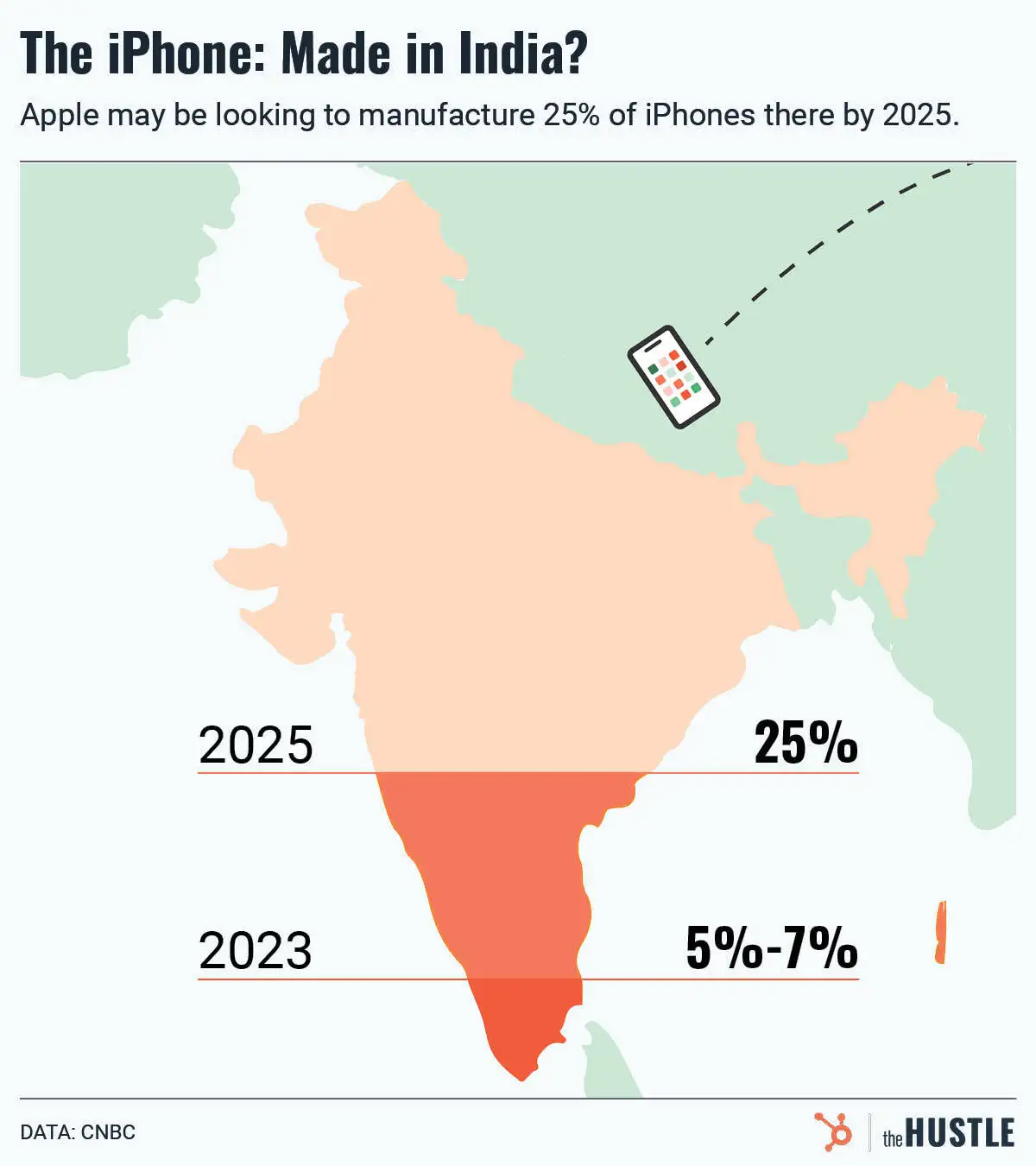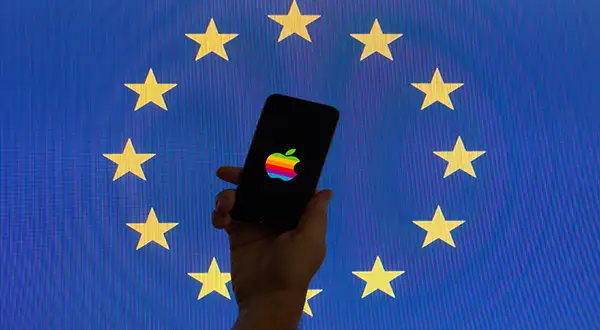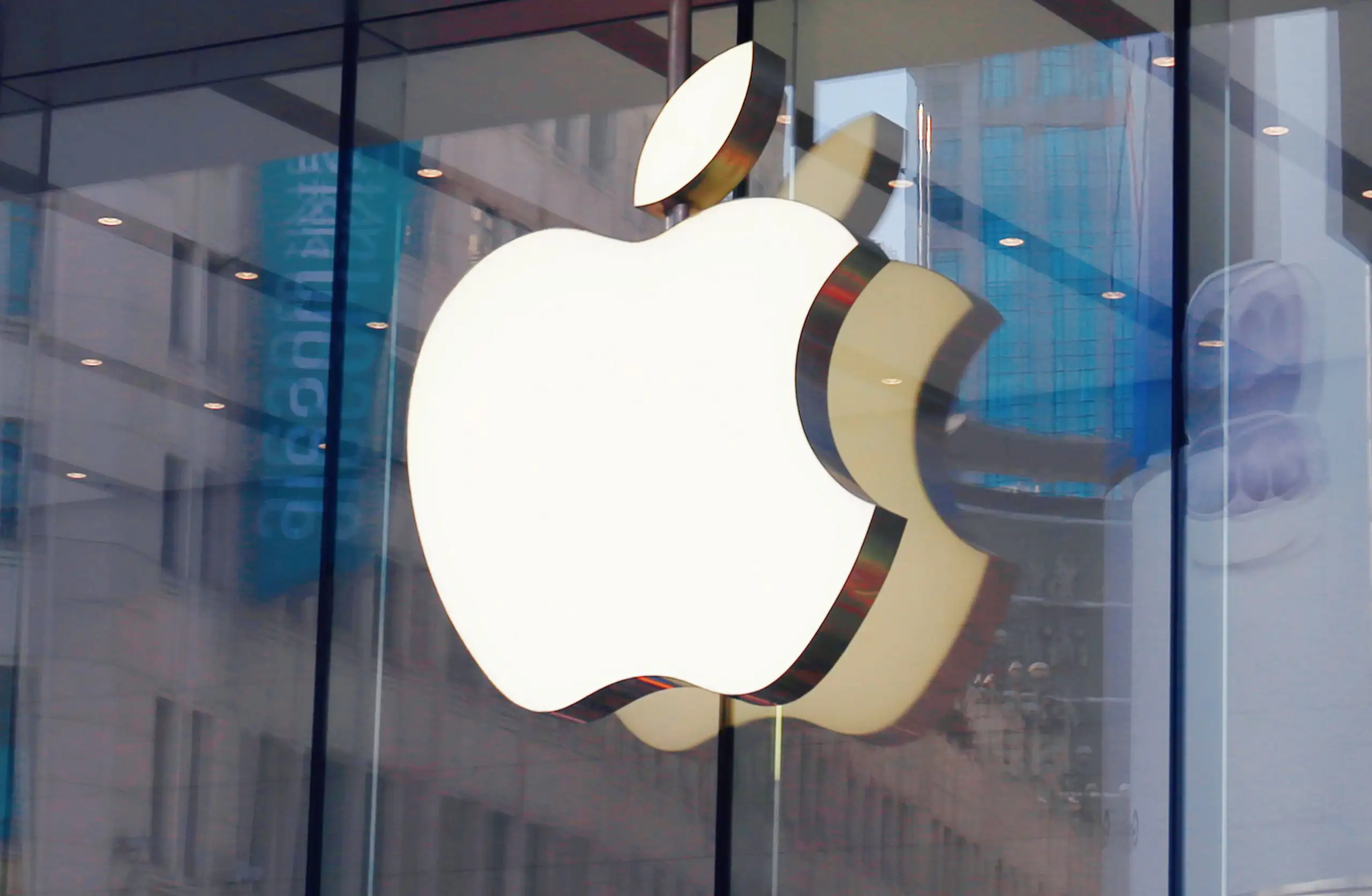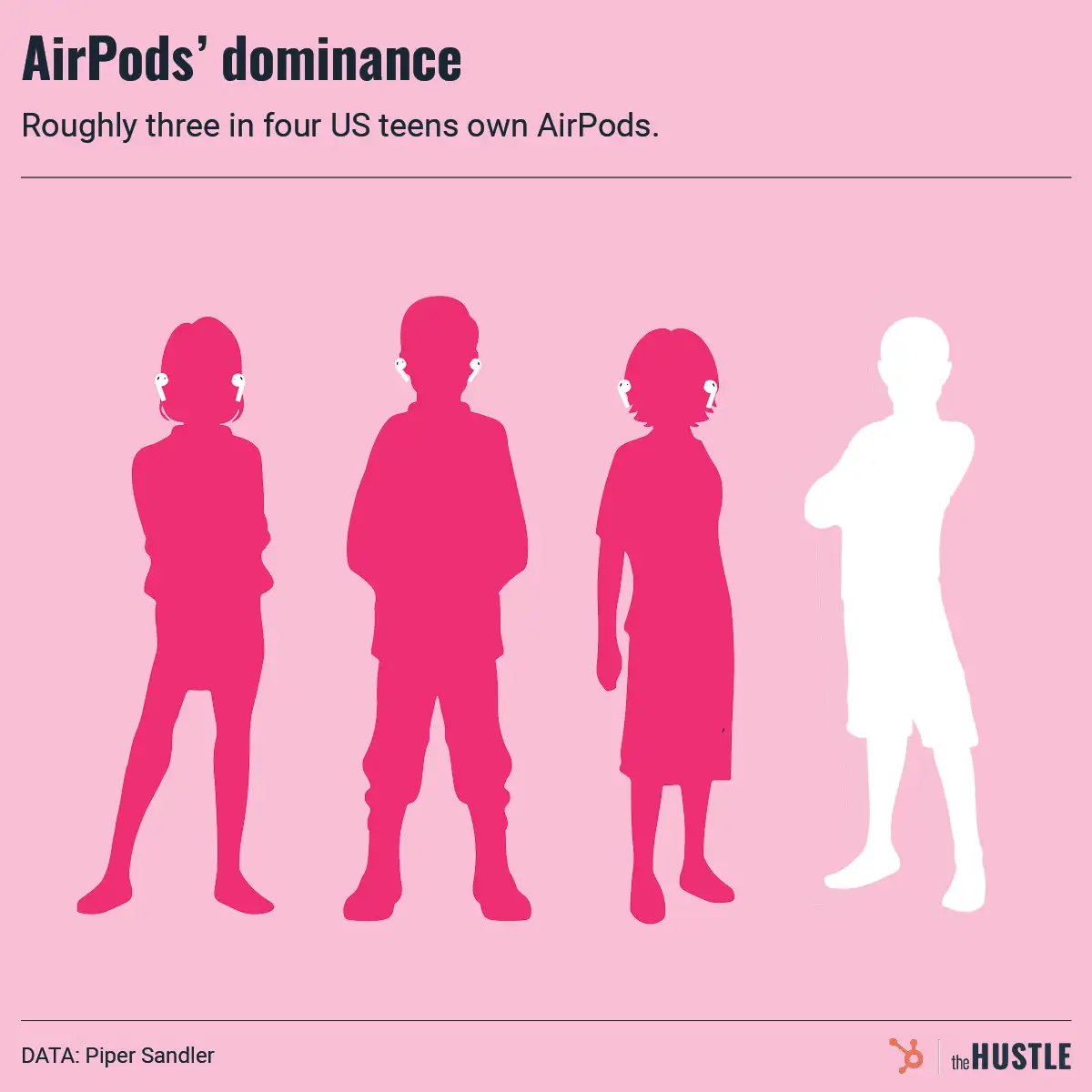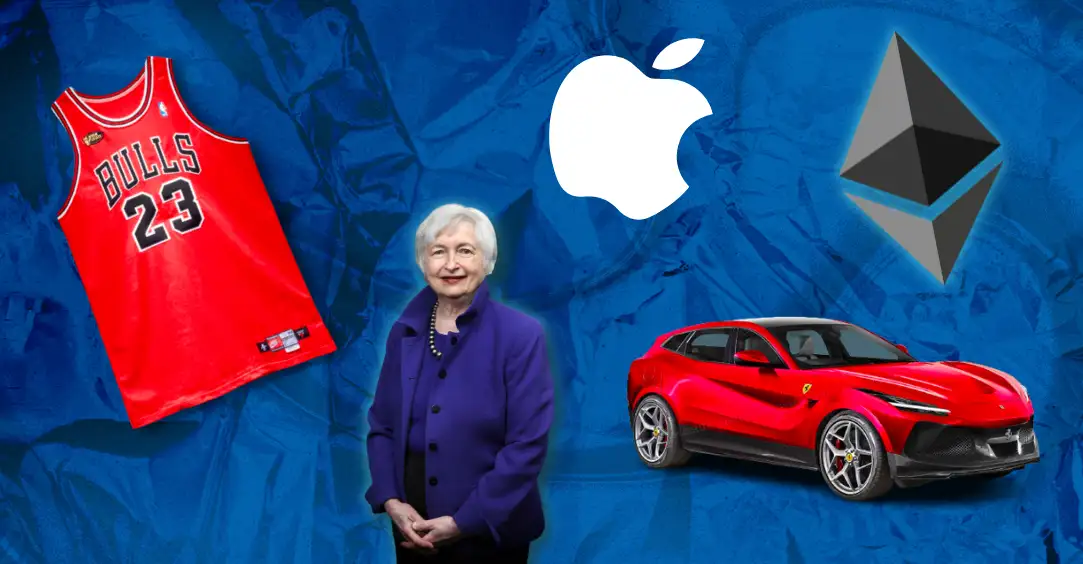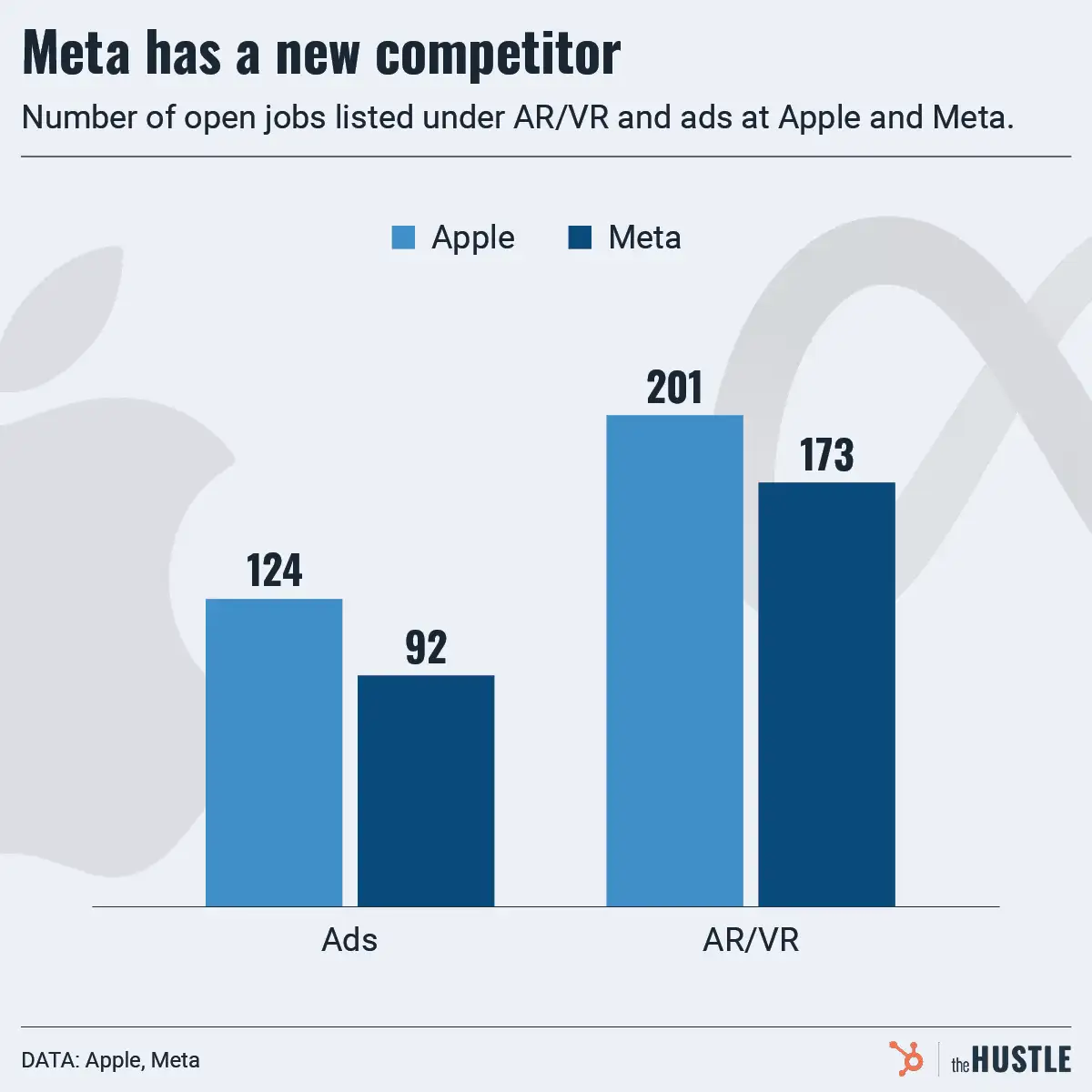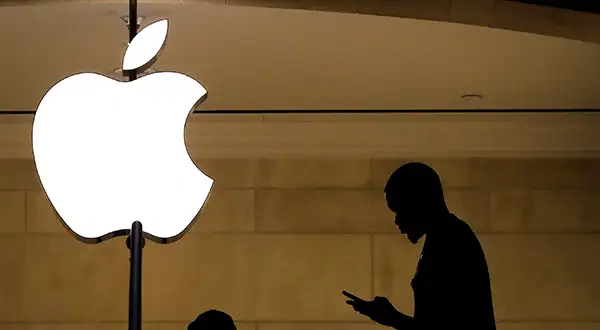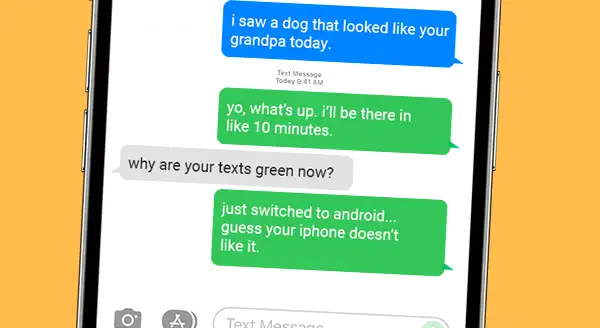The promise has been the same for more than a decade: Once augmented reality devices truly arrive, the world will never be the same.
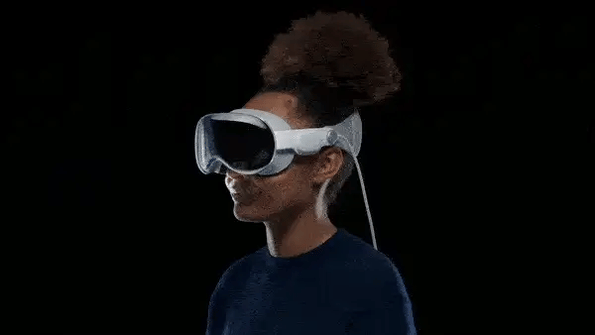
A parade of contenders, from Google Glass to Meta’s Oculus, has changed the world, technically — but only in that a few million shelves have one extra thing sitting on them collecting dust.
How will Apple fare differently?
Vision Pro, unveiled yesterday, is Apple’s entry into the “spatial computing” derby, and it surely has some things going for it:
- The tech is impressive — the display alone has “more pixels than a 4K TV for each eye.”
- In a world full of lonely people, it adds dynamism to an empty room. Vision Pro will host hyper-immersive entertainment, capture vivid 3D memories, and facilitate “life-size” conversations via FaceTime.
It’s got plenty going against it, too:
- Vision Pro makes strides in blending digital worlds with physical spaces, but that has its limits; the EyeSight feature that reveals (an approximation of) wearers’ eyes when someone approaches feels… unsettling.
- At the end of the day, they’re asking people to wear oddball ski goggles all day — and often while being quite tethered (batteries have about two hours of juice before needing a plug-in).
And then there’s that price tag…
… Vision Pro will debut “early next year” with a $3.5k+ premium — and that’s pre-AppleCare.
Apple knows that’s steep and seemingly plans to be patient with its new category. Sales expectations for Vision Pro are relatively modest; it projects ~900k units sold in its first year, per Bloomberg.
This means Apple’s most important words…
… were actually “Feels like magic.”
The phrase, appearing multiple times in its keynote, drives Apple’s immediate takeaway message: that, others’ AI advances be damned, it’s still the tech king. That it sets the pace of innovation and can capture imagination unlike any other company.
Apple’s path to victory with Vision Pro may be, appropriately, that strong optics matter most.

